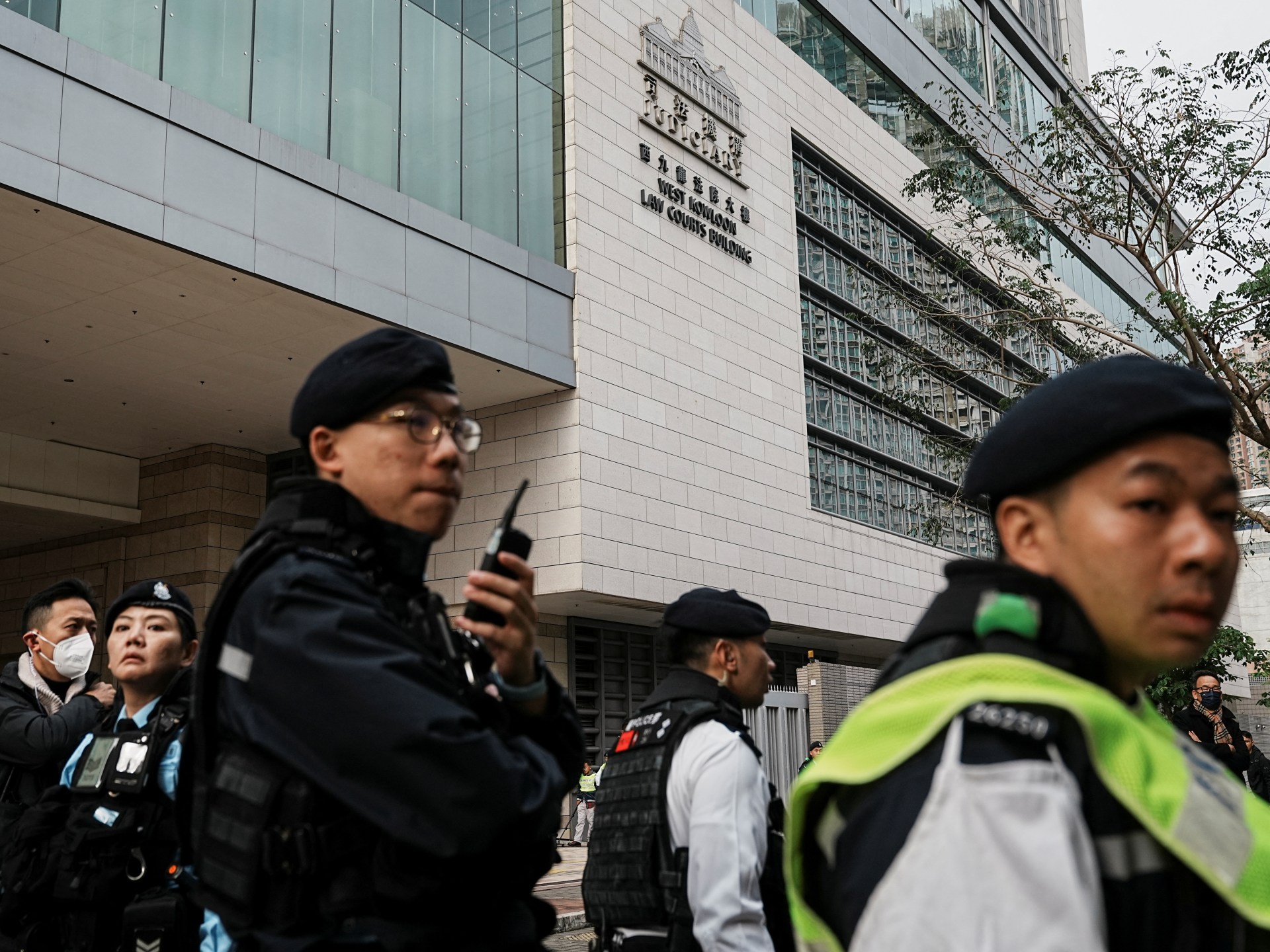
VIENNA (AP) — Iran has further increased its stockpile of nearly weapons-grade uranium, according to a confidential report released Monday by the United Nations nuclear watchdog, the latest attempt by Tehran to exert sustained pressure on the international community.
Iran is seeking the lifting of economic sanctions over its controversial nuclear program in return for the country slowing down the program. The program, like all state affairs in Iran, is under the direction of the country's supreme leader, Ayatollah Ali Khamenei, and that is unlikely to change following last week's helicopter crash that killed the Iranian president and his foreign minister.
The report by the International Atomic Energy Agency also comes against the backdrop of increasing tensions in the Middle East due to the ongoing war between Israel and Hamas. Israel and Iran carried out direct attacks on each other's territory for the first time last month.
The report, obtained by The Associated Press, said Iran had 142.1 kilograms (313.2 pounds) of uranium with a purity of up to 60 percent as of May 11, an increase of 20.6 kilograms (45.4 pounds) since the U.N. watchdog's last report in February. Uranium enriched to 60 percent is only a small technical step away from weapons-grade 90 percent.
According to the IAEA's definition, about 42 kilograms (92.5 pounds) of uranium enriched to 60 percent is the amount that could theoretically be used to build a nuclear weapon – if the material were further enriched, even up to 90 percent.
The report also said Iran's total stockpile of enriched uranium as of May 11 was 6,201.3 kilograms (13,671.5 pounds), an increase of 675.8 kilograms (1,489.8 pounds) since the last IAEA report.
Iran has always insisted that its nuclear program is for peaceful purposes only, but IAEA chief Rafael Mariano Grossi previously warned that Tehran had enough uranium enriched to near weapons level to build “multiple” nuclear bombs if it wanted to. He acknowledged that the UN agency could not guarantee that none of Iran's centrifuges had been uncovered for clandestine enrichment.
Tensions between Iran and the IAEA have been rising since 2018, when then-President Donald Trump unilaterally withdrew the United States from Tehran's nuclear deal with world powers. Since then, Iran has abandoned all restrictions the deal imposed on its program and rapidly increased enrichment.
Under the original 2015 nuclear deal, Iran was only allowed to enrich uranium to a purity of 3.67 percent, maintain a stockpile of about 300 kilograms and use only very basic IR-1 centrifuges – machines that swirl uranium gas at high speeds to enrich it.
Under the 2015 agreement, Tehran committed to limiting uranium enrichment to levels necessary for nuclear energy production. In return for the lifting of economic sanctions, Tehran agreed to limit uranium enrichment to levels necessary for nuclear energy production. At the time, UN inspectors were tasked with monitoring the program.
Monday's report also said Tehran had not reconsidered its September 2023 decision to ban IAEA inspectors from further monitoring its nuclear program, adding that Iran was expected to do so “as part of ongoing consultations between the (IAEA) agency and Iran.”
According to the report, Grossi “deeply regrets” Iran's decision to exclude the inspectors, adding that reversing this decision “remains essential to enable the agency to fully and effectively carry out its verification activities in Iran.”
The deaths of Iranian President Ebrahim Raisi and his Foreign Minister Hossein Amirabdollahian have led to a suspension of the IAEA's talks with Tehran on improving cooperation, the report said.
Before the May 19 helicopter crash, Iran had agreed to hold technical negotiations with the IAEA on May 20 after Grossi visited earlier that month. But those meetings fell apart because of the crash. Iran then sent a letter on May 21 saying its nuclear team wanted to continue talks in Tehran “on a suitable, mutually agreed date,” the report said.
The report also said that Iran has yet to provide answers to the IAEA's years-long investigation into the origin and current whereabouts of man-made uranium particles found at two sites, Varamin and Turquzabad, which Tehran has not declared as possible nuclear facilities.
The IAEA's request must be complied with, as otherwise the agency “will not be in a position to confirm the accuracy and completeness of the Iranian statements” within the framework of a safeguards agreement between Tehran and the nuclear regulatory authority.
The report also said there has been no progress so far in reinstalling other surveillance equipment, including cameras that were removed in June 2022. Since then, the only data recorded is from IAEA cameras installed in a centrifuge workshop in the city of Isfahan in May 2023 – although Iran has not granted the IAEA access to this data.
The IAEA said that after a delay in April, on May 21, IAEA inspectors “successfully serviced the cameras at the Isfahan workshops and the data they had collected since late December 2023 were affixed with separate Agency and Iranian seals at the sites.”






Recent Comments